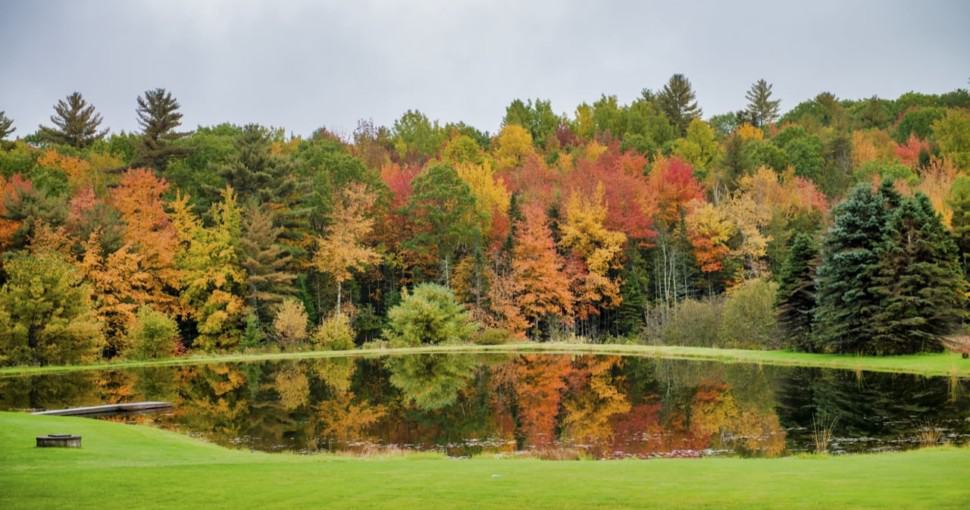The state of Massachusetts is part of the temperate deciduous forest biome, which means that Massachusetts has four distinct seasons. Massachusetts is home to many evergreen trees, including Eastern White Pine and Eastern Red Cedar.
Contents
- 1. Eastern White Pine (pinus strobus)
- 2. Blue Spruce (picea pungens glauca)
- 3. Arborvitae (thuja occidentalis)
- 4. Balsam Fir (abies balsamea)
- 5. Northern White Cedar (thuja occidentalis)
- 6. Blue Point Juniper (juniperus chinensis ‘blue point’)
- 7. Blue Atlas Cedar (cedrus atlantica ‘glauca’)
- 8. Hinoki False Cypress (chamaecyparis obtusa)
- 9. Longstalk Holly (ilex pedunculosa)
- 10. Eastern Red Cedar (juniperus virginiana)
Massachusetts is home to a variety of evergreen trees. These trees are important because they provide shelter and food for wildlife, and they also enhance the beauty of Massachusetts’ landscape.
You will certainly encounter these evergreens while spending any amount of time in Massachusetts. Let’s see which types you will most likely come across, so it will be easy for you to identify these evergreens in Massachusetts.
1. Eastern White Pine (pinus strobus)
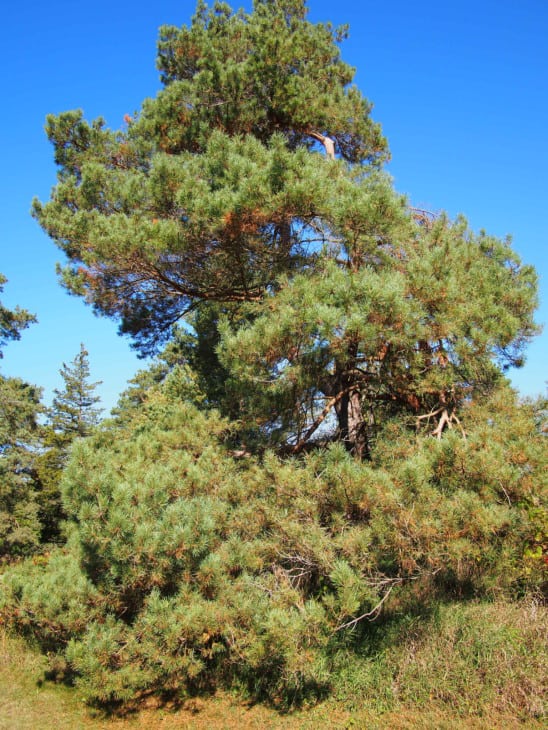
Eastern White Pine is a tall, slender tree that can grow up to 80 feet tall. This tree has long needles that are about five inches long. Eastern White Pine is a valuable tree because it provides lumber for construction and other wood products. Eastern White Pine is common in Massachusetts, especially in the Berkshires area.
2. Blue Spruce (picea pungens glauca)
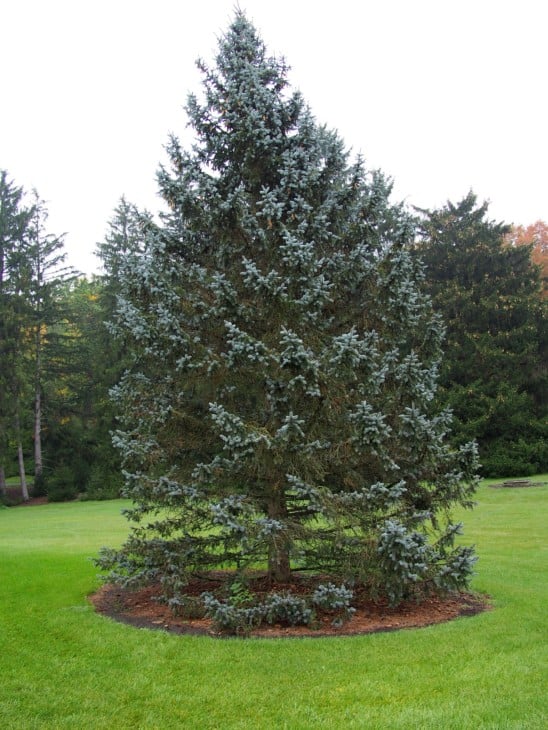
Blue Spruce is a coniferous evergreen tree that can grow as tall as 80 feet. A distinguishing feature of this Massachusetts evergreen is its bluish-colored needles, which are about one to three inches long. This evergreen tree may sometimes appear more blue than green, and it has a rigid, upright form.
3. Arborvitae (thuja occidentalis)
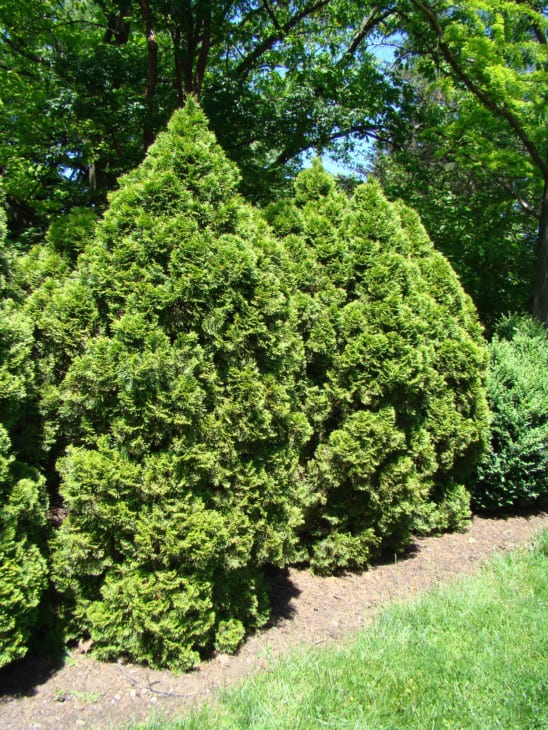
Eastern White Pine is an evergreen tree that can grow up to 80 feet tall. Arborvitae is another Massachusetts evergreen, but it does not grow very large. This Massachusetts evergreen grows in thickets and has flattened branches with scale-like leaves. The word “arborvitae” means “tree of life”.
4. Balsam Fir (abies balsamea)
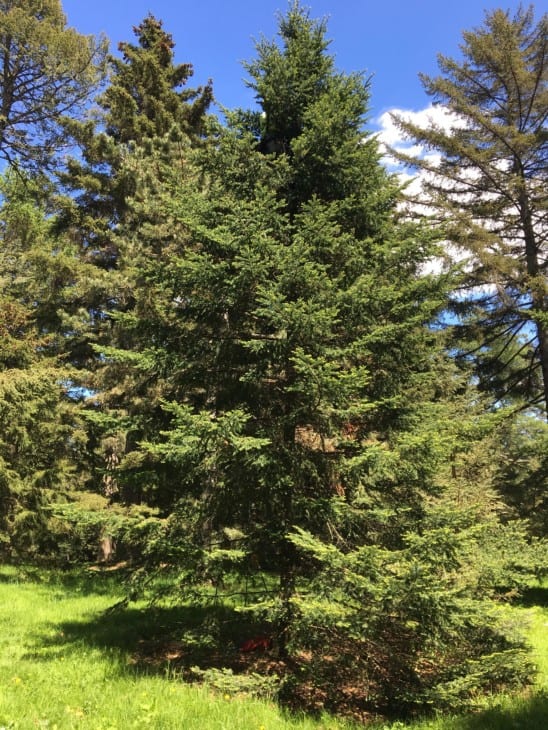
Balsam Fir is a small Massachusetts evergreen that grows up to 50 feet tall. This evergreen has short, dark green needles and symmetrical branches. The word “balsam” in its name refers to the fragrant resin that this tree produces.
5. Northern White Cedar (thuja occidentalis)
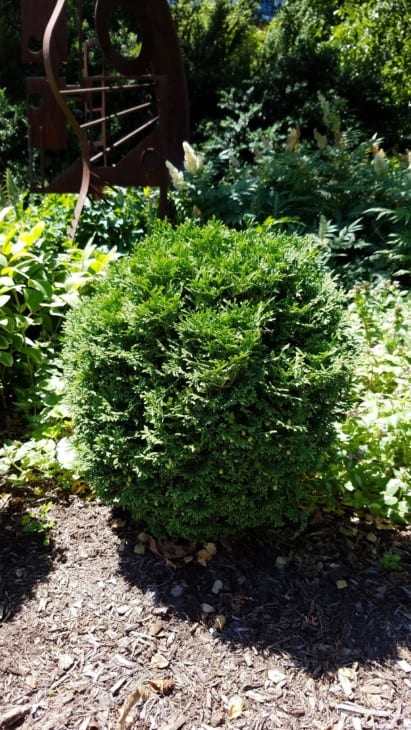
This evergreen tree can grow up to 50 feet tall. It has flattened sprays of scale-like leaves, and its bark is thin and grayish brown. This Massachusetts evergreen has berry-like cones that are only about an inch long.
6. Blue Point Juniper (juniperus chinensis ‘blue point’)
Bluepoint Juniper is a Massachusetts evergreen that can grow up to eight feet tall. It has soft, scale-like leaves that are about one inch long and dark green in color. This evergreen may appear as a small bush or as a creeping ground cover.
7. Blue Atlas Cedar (cedrus atlantica ‘glauca’)
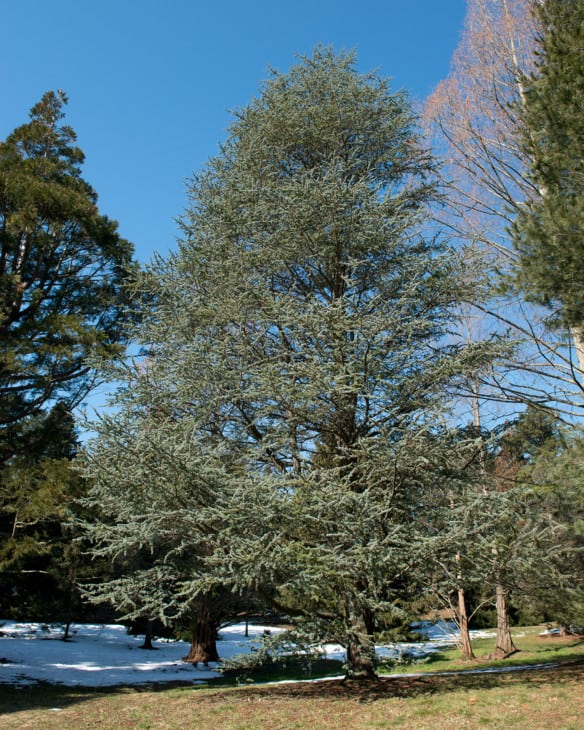
Blue Atlas Cedar is a Massachusetts evergreen that can grow up to 55 feet tall. This evergreen tree has bluish-gray needles and twisted branches. This tree is recognizable because of its peculiar shape.
8. Hinoki False Cypress (chamaecyparis obtusa)
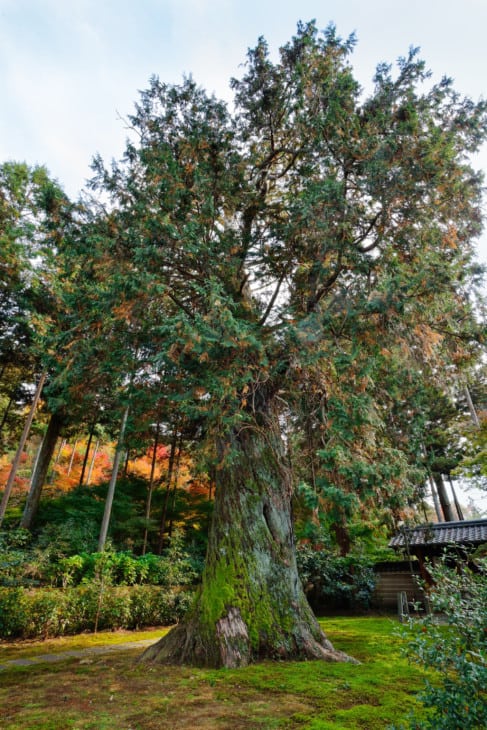
Hinoki False Cypress is an evergreen that can grow up to 20 feet tall. It has flattened sprays of yellow-green leaves and reddish brown bark. This tree may be identified by its dense, compact form and its small cones.
9. Longstalk Holly (ilex pedunculosa)
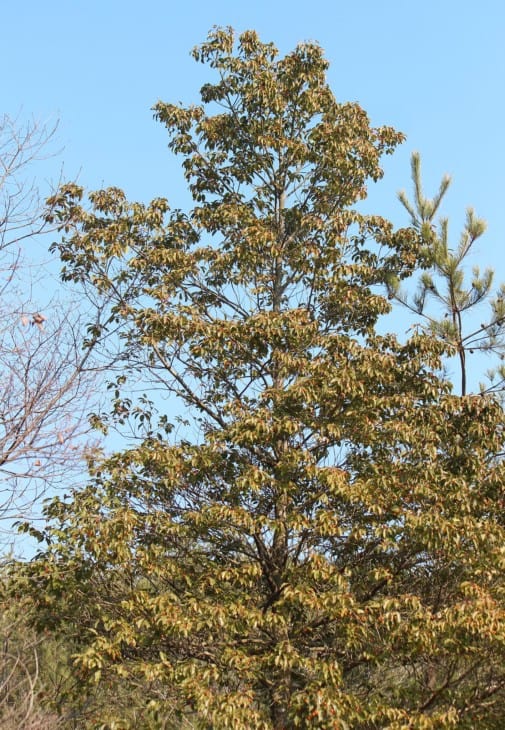
Longstalk Holly is a Massachusetts evergreen that can grow up to 20 feet tall. It has glossy, dark green leaves and red berries. This tree is recognizable by its long, drooping stems.
10. Eastern Red Cedar (juniperus virginiana)
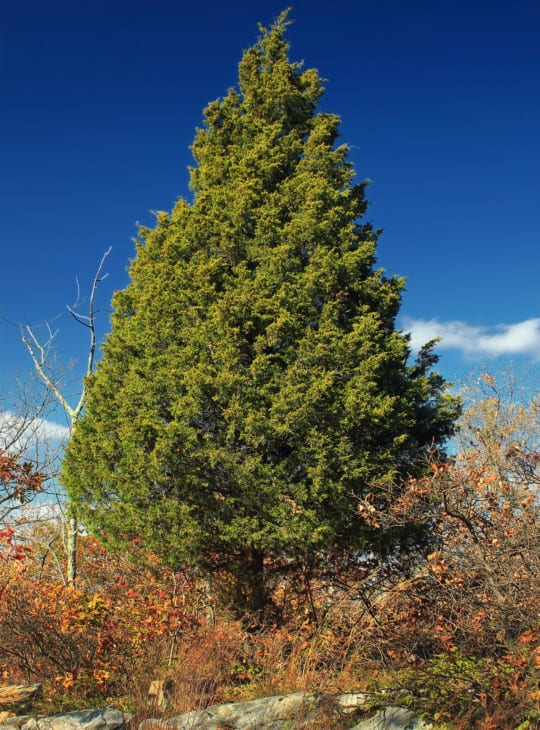
Eastern Red Cedar is an evergreen tree that can grow up to 50 feet tall. This tree has fragrant leaves and small, blue berries. Eastern Red Cedar is often used for landscaping because of its attractive form and rapid growth rate.
Now that you know about some of the most common Massachusetts evergreens, you will be able to identify them in the wild. You will also be able to use this knowledge when buying and planting your own evergreens in Massachusetts.

